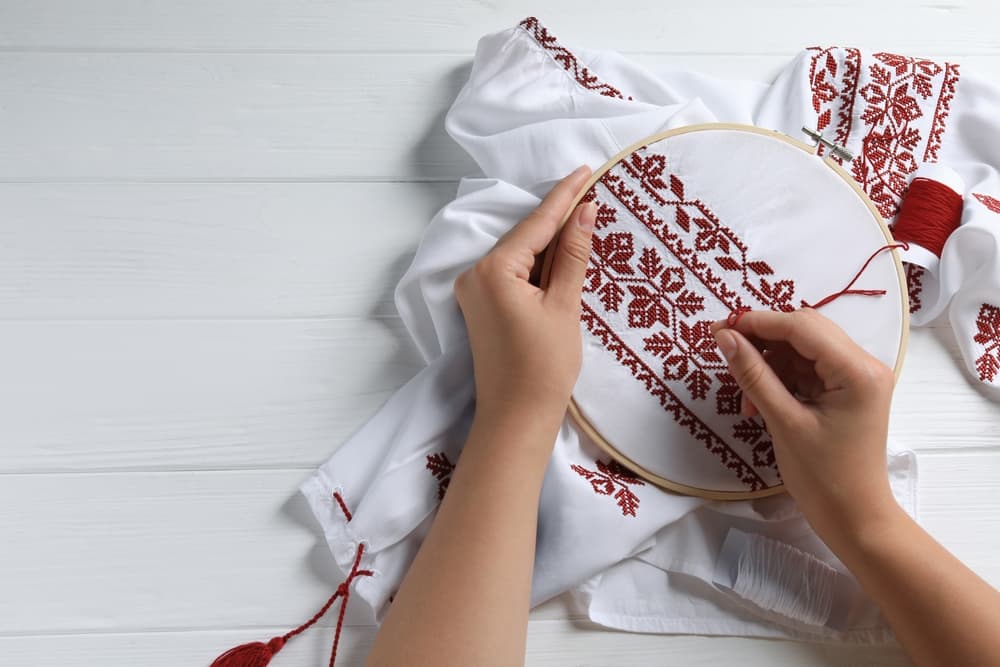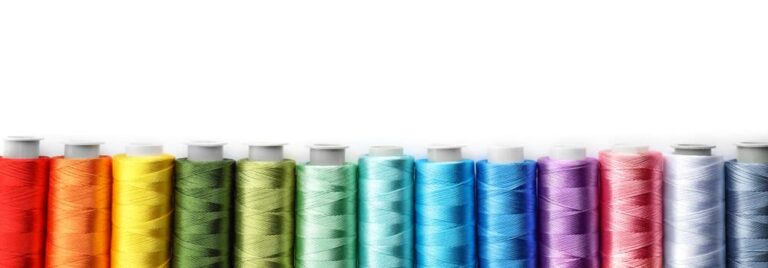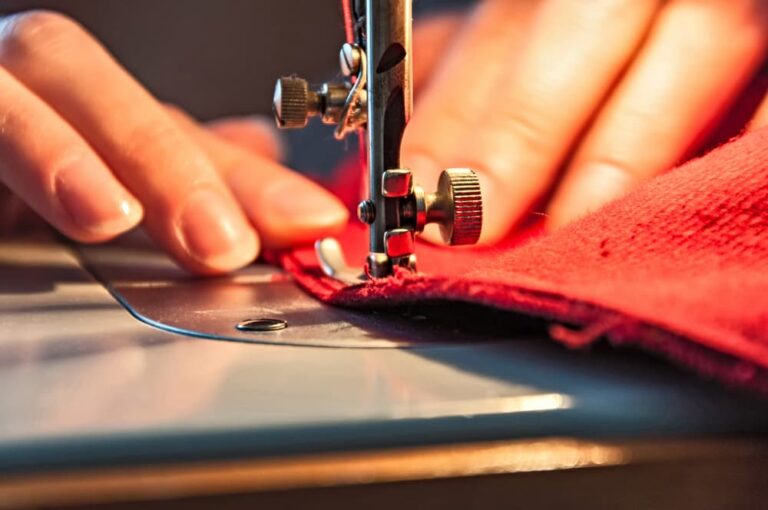Hand Embroidery Made Simple: Tips and Techniques for Beautiful Designs

Embroidery, the art of embellishing fabric with needle and thread, has a rich history that spans cultures and centuries. It’s a form of craftsmanship that allows for personal expression through the creation of intricate designs on various textiles.
What is Embroidery? – Understanding the Fabric Art Form explores this timeless practice, highlighting its evolution from hand to machine embroidery. With the advent of the Embroidery Machine – Revolutionizing Fabric Design, enthusiasts and professionals alike have seen a significant shift in how embroidery is perceived and executed. These machines have not only sped up the process but have also introduced a new level of precision and creativity, making embroidery more accessible and versatile.
Basics of Hand Embroidery
Before diving into the detailed stitches and patterns, it’s crucial to grasp the basic components of hand embroidery. Selecting the right fabric, thread, and needles is the foundation for any successful embroidery project. Opt for natural fabrics like cotton, linen, or silk for ease of stitching.
Embroidery floss or threads come in a variety of materials and colours, allowing for endless creative possibilities. Lastly, needles vary in size and shape, each tailored for specific types of embroidery.
Tools required for Hand embroidery
- Embroidery needles
- Embroidery hoop
- Embroidery floss or threads
- Fabric (cotton, linen, silk, or blend suitable for embroidery)
- Scissors (sharp and precise, ideally embroidery scissors)
- Water-soluble marking pen or tailor’s chalk
- Stabilizer (for delicate or stretchy fabrics)
- Needle threader
- Thimble
- Embroidery pattern or design template
- Lightbox or sunny window (for transferring patterns onto fabric)
- Seam ripper (for undoing stitches)
How to do embroidery?
Whether you’re looking at How to Embroider Letters for personalizing gifts or How to Embroider Flowers for adding a touch of nature to your fabric, the process begins with mastering the basics. How to Thread an Embroidery Needle – The First Step to Stitching is where every embroiderer starts, leading to more complex projects like How to Embroider a Sweatshirt. Through practice, patience, and a bit of creativity, weaving together threads of colour, technique, and imagination into a tapestry of personal expression.
Steps to do Hand embroidery
Select Your Materials
First, choose the right kind of embroidery thread, embroidery fabric, and number of needles for the kind of project. Natural fabrics like cotton, linen, or silk all embroider very well and take floss colors beautifully. Be sure your needles can handle the thickness of the thread or fabric.
Transfer Your Design
Transfer the chosen design to the fabric with a water-soluble marking pen or tailor’s chalk, tracing it over a light box or a sunny window so that you can see through the fabric. This will be very useful for guiding your stitches.
Set Up Your Embroidery Hoop
Place the fabric in an embroidery hoop so it is stretched but not overly tight. The hoop will help keep even tension across the fabric, which will help you produce your stitches evenly and more smoothly.
Start Stiching
Start Stitching Thread the needle with embroidery floss and start stitching according to your design. Start with basic stitches, like the running stitch, backstitch, or satin stitches, and move to a variety of techniques once you start becoming confident.
Finish Your Work
Finish and Secure Your Work When done with the embroidery, just tie off and secure the ends at the back of the material to avoid any undoing. Remove the fabric out of the hoop; then you can iron it if you so wish. And enjoy your design.
Tips to help you perfect your embroidery skills
- Maintain even tension on your stitches to ensure your embroidery looks neat and professional.
- Regularly practice various stitches to improve your speed and precision.
- Experiment with different colour combinations and textures for unique and eye-catching designs.
- Invest in quality materials and tools, as they can significantly impact the final outcome of your projects.
- Keep your fabric taut in the embroidery hoop for smoother stitching and better control.
- Learn to properly care for your embroidery by washing and storing it correctly to preserve its beauty over time.
Conclusion
Mastering the art of embroidery begins with understanding basic embroidery stitches, from the foundational stem stitch to other essential techniques. Each embroidery design weaves a unique story, turning a simple piece of fabric into a canvas of creativity. For beginners, starting with an embroidery kit can offer a guided pathway into this intricate craft, with embroidery tutorials providing step-by-step instructions to enhance learning.
Furthermore, the choice of fabric threads plays a pivotal role, influencing both the texture and durability of the finished piece. Whether you’re embarking on this journey with a kit or experimenting on your own, the fusion of these elements ignites the passion for embroidery, making every stitch a reflection of personal expression and artistry.



